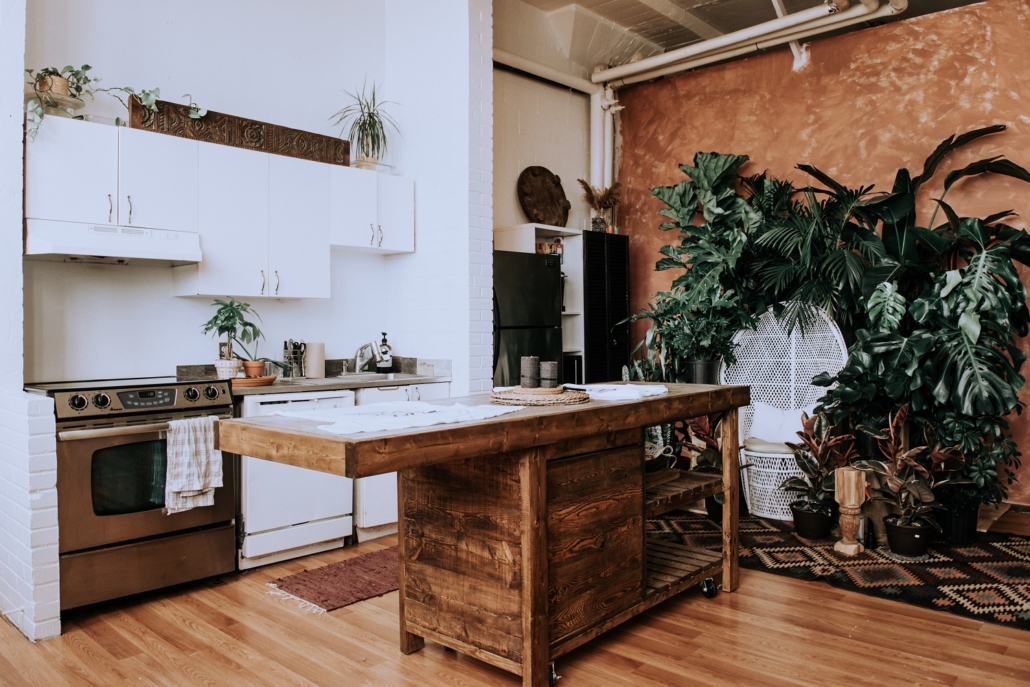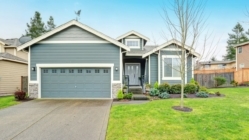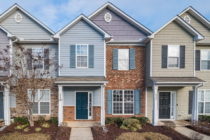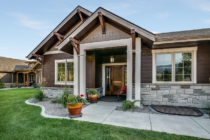
We once had clients who spent dozens (if not hundreds) of hours removing the popcorn ceilings from their $950,000 home.
Because they put so much “sweat” into their equity, they were convinced that their home would appraise for substantially more when they were done.
But because their neighborhood market had recently softened a bit, their appraisal actually came in lower and they were irate.
Similarly, we once had borrowers who spent $60,000 on surprisingly ugly bronze wall coverings for their foyer, expecting their home to appraise for $60,000 more because of it.
The appraiser noted it, but did not adjust the home’s value at all (because the wall-coverings actually made the home worth less in a perfect example of “functional obsolescence”).
These are just a few examples of borrowers overestimating the value of their homes.
I am addressing this again in a blog because the problem seems to be surfacing a lot more lately.
Here are a few of the reasons why:
#1 – Caught Up In The Appreciation Mania And/Or Spoiled By Appreciation.
Many homeowners who bought properties over the last ten years are simply spoiled by appreciation and always expect it to continue no matter what is happening in their micro-market. This is exacerbated by all the news in the press. We, however, have numerous clients who bought in markets that have actually gone down a bit over the last few years because they bought in bidding wars or peaks. Appreciation is not a given.
#2 – Overestimating The Value Of Improvements.
I gave two examples above but this is a very common problem. Major improvements such as a fully remodeled kitchen, a swimming pool or completely refurbished landscaping can add tens of thousands to the value of a home – particularly when they show up really well in appraisal photos. But many improvements (new paint, cleaned up landscaping, new appliances, new ceilings, new floor coverings, etc.) only increase appraised values marginally (if at all) because appraising is not an exact science.
#3 – Appraisers Correlate To Purchase Price.
The best indicator of value is often the price a homeowner was or is willing to pay for the property in a competitive market. Appraisers know this better than anyone and often correlate to the contract price (for new purchases) and to the actual purchase price for properties that were purchased over the last 12 to 24 months. Homeowners often have trouble getting their heads around this concept and are therefore sorely disappointed with their appraisals on occasion.
#4 – Exterior Only Appraisals.
This is a major factor in our post-COVID-19 era where so many more appraisals do NOT require interior inspections. When appraisers are unable to see interior improvements (even if substantial), they often cannot give them the kind of value that they would if they could see and photograph them.
#5 – Appraisers Don’t Want The Snot Sued Out Of Them.
After the 2008 housing meltdown, many very good and honest appraisers were scapegoated for the housing crisis and accused by banks and investors of overvaluing properties (and sued as a result). Appraisers remember this all too well, and are a bit more cautious now in our very hot but tumultuous post-COVID-19 world. They fear that things could turn for the worst all over again, and again get blamed.
Join our mailing list to receive daily industry insights:
Sign up to receive our blog daily
Jay Voorhees
Founder/Broker | JVM Lending
(855) 855-4491 | DRE# 1197176, NMLS# 310167
























